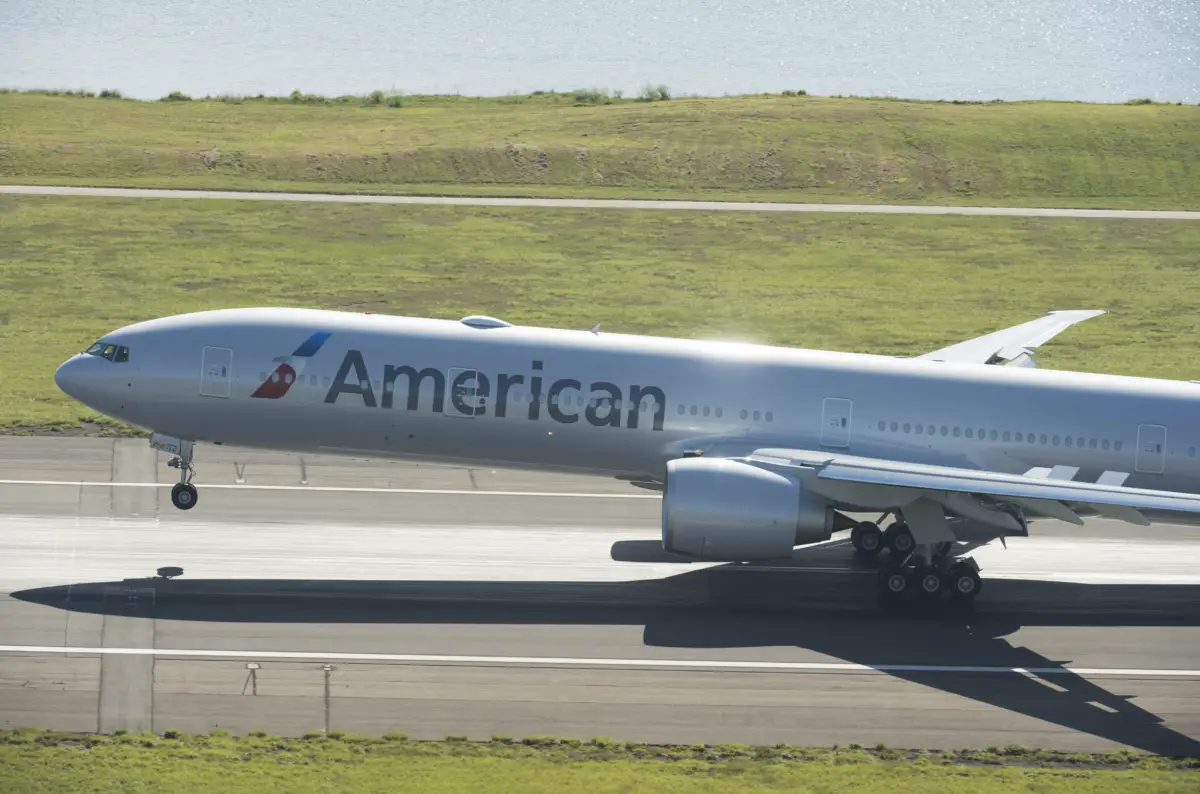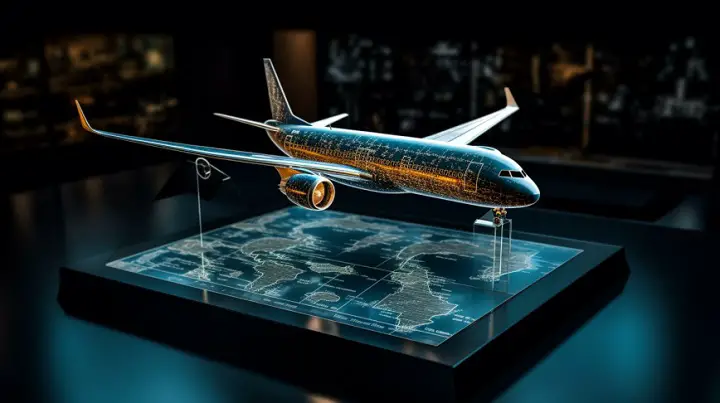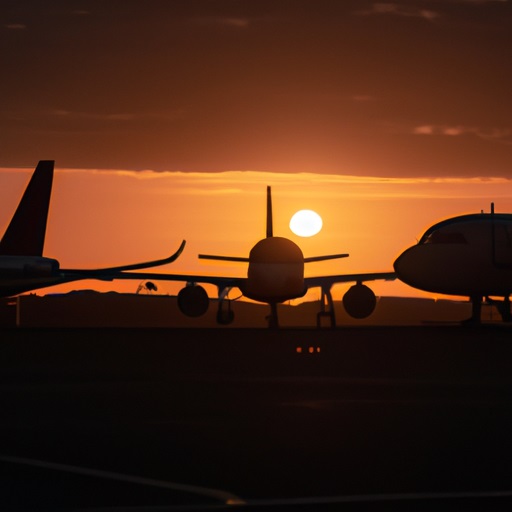
Airline Operating Costs
The airline industry is a complex and dynamic business, facing numerous challenges that can impact profitability and competitiveness. One of the critical factors that airlines must manage effectively is operating costs.
Airline operating costs are the expenses incurred in running an airline, and they are an essential element of the overall financial performance of an airline. This article provides an in-depth overview of the types of airline operating costs, the factors that affect them, and the strategies airlines can implement to reduce them.
Types of airline operating costs
Airline operating costs can be classified into two main categories: direct operating costs and indirect operating costs.
Direct operating costs
Direct operating costs are directly related to operating an aircraft, such as fuel, maintenance, crew, landing fees, and navigation charges. It comprises the largest portion of operating costs, representing approximately 48% of the total operating costs of an airline.
Fuel costs are the most significant direct operating cost, typically accounting for around 15-20% of total operational costs. Maintenance costs, crew costs, landing fees, and navigation charges also make up a significant portion of direct operating costs.
Indirect operating costs
On the other hand, indirect operating costs are expenses that are not directly related to operating an aircraft, such as marketing and sales, administration, and overhead costs.
Indirect operating costs, although smaller compared to direct operating costs are still essential to the overall financial performance of an airline. Marketing and sales costs, administration costs, and overhead costs can significantly impact an airline’s profitability if not managed effectively.
Factors affecting airline operating costs
Several factors can affect an airline’s operating costs, including:
- fuel prices
- competition
- economic conditions
- the regulatory environment
- technological advances
Fuel prices, for example, are a significant driver of operating costs, as they can change rapidly and significantly impact an airline’s profitability. Competition is also a significant factor, as airlines must compete for market share, customers, and routes, which can drive up costs.
Economic conditions also play a role in operating costs, as changes in consumer behavior, such as a reduction in consumer spending, can lead to decreased demand for air travel and impact operating costs.
The regulatory environment is also critical, as changes in regulations, such as the cost of emissions allowances, can have a significant impact on operating costs. Technological advances, such as the adoption of more fuel-efficient aircraft, can also impact operating costs.
Cost reduction strategies
Given the complex and dynamic nature of airline operating costs, airlines must implement effective strategies to reduce them. Some of the strategies that airlines can implement include fuel efficiency, outsourcing and collaboration, route optimization, and fleet optimization.
Fuel efficiency
Fuel efficiency is critical for cost reduction, as fuel costs are the largest direct operating cost. Airlines can achieve fuel efficiency by utilizing modern, fuel-efficient aircraft and implementing an optimal flight path.
Outsourcing and collaboration
Outsourcing and collaboration can also effectively reduce operating costs. Airlines can outsource non-core activities, such as maintenance and repair, and collaborate with other airlines on catering and ground handling.
Route optimization
Route optimization aims to improve an airline’s efficiency and profitability by selecting the best routes and schedules for its flights based on demand, costs, and competition. For example, route optimization can help reduce fuel costs by choosing shorter and more direct routes.
Fleet optimization
Fleet optimization, on the other hand, is a strategy that aims to improve the efficiency and profitability of an airline by selecting the best mix of aircraft types and sizes for its routes and demand. Fleet optimization can help reduce operating costs by:
- Reducing maintenance costs by standardizing the fleet and choosing aircraft with better design and reliability.
- Reducing fuel costs by choosing more fuel-efficient aircraft and optimizing their load factors.
Conclusion
Airline operating costs are a critical factor in an airline’s financial performance. Understanding the types of operating costs, the factors that affect them, and the strategies that airlines can use to reduce them is essential to the success of the airline industry. By implementing effective cost-reduction strategies, airlines can offer their customers low fares while maintaining strong financial performance.
Direct operating costs occur when flights are operated increase as an airline grows their network and fleet. Direct Operating Cost invoices are based on long ...
Modelling the Pass-Through of Airline Operating Costs on Average Fares in the Global Aviation Market
Little empirical evidence on airline cost pass-through under competition: Heavily rely on scenario-based, pre-specified cost pass-through rates, Cost ...
Countless expenses weigh down an airline's bottom line: maintenance costs, fees paid to airports, fees paid to the government, the cost of food served to ...
Different stage lengths and utilization by different airlines result in substantial variations in blockhour costs for same aircraft type. Also, differences in ...
The airline industry is a fiercely competitive landscape where companies constantly strive to offer the best service while maintaining profitability. One of ...
Labor is the most important operating cost of an airline (32.3%), followed by fuel (17.7%). Labor represents about 75% of all non-fixed costs of airline ...
While the PACI includes cost per available seat mile (CASM), the traditional measure of airline unit operating costs, the index values themselves are the ...
Have you ever wondered what it costs a major airline to operate a typical flight? For instance, for a flight from New York to Los Angeles, how much would ...
Discover the major expenses that airlines must pay. The two largest are labor costs and fuel costs, with fuel costs being the largest short-term factor for ...
Airlines have high fixed costs of operating flights, with few of these related to the number of passengers carried. This article takes a look at some of these ...
Hourly operating expenses can be broken down into four components: direct, fixed, reserves, and variable. Direct costs are out-of-pocket expenses: fuel, oil, ...
Get comprehensive insights on airline operating costs. Explore types, factors affecting them, & cost reduction strategies in detail.













